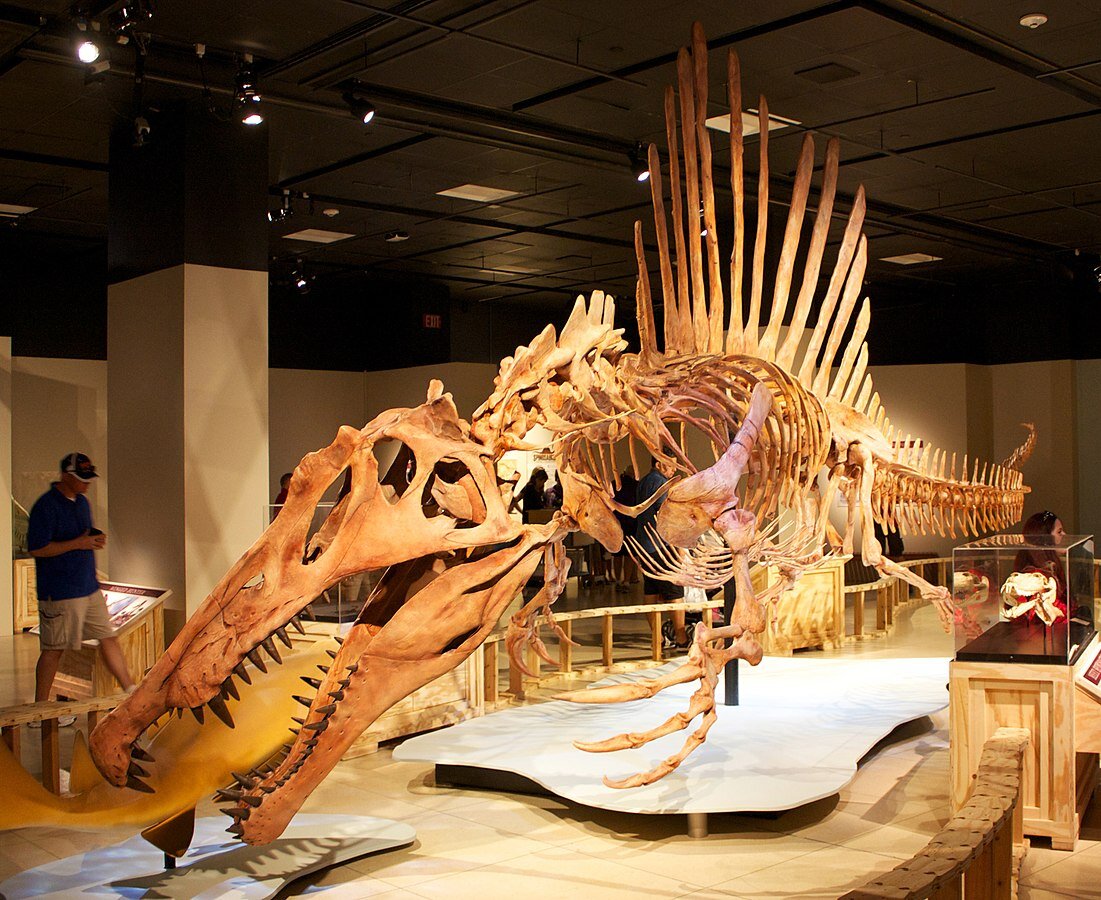Podcast 188 - Bird Brains and Propeller Tails
/The gang discusses two papers about archosaurs. The first paper looks at the trends in brain size relative to body size in birds over their entire evolutionary history. The second paper revisits the dinosaur Spinosaurus and adds more information to the debate over whether this animal had a semi-aquatic lifestyle. Meanwhile, James has some villagers he needs to “un-person”, Curt gives alternative definitions to slang, and Amanda just disappears (I’m sure she’ll be fine).
Up-Goer Five (Curt Edition):
Our friends talk about thinks they fly and something that moved through the water. The first paper looks at the brains of things that fly. As the body gets bigger, the brain usually gets bigger as well. But sometimes the way in which the brain gets bigger can change. Sometimes the brain gets bigger faster than the body and sometimes it gets bigger slower than the body. When looking at very old things that fly, what they find is that when the body gets smaller, the brain stays larger. This is something that big angry things which are brother and sister to the things that fly did as well. But later things that fly start changing how the brain gets bigger, with some things having their brains get way bigger faster than the body. This is often found in things that fly which are able to talk and use things which can make stuff work.
The second paper looks at an angry animal that some people think may move through the water and other people think those people are wrong. This paper finds more parts of the animal (the part at the end which can be moved up and down or side to side), which can help us better understand what this angry animal might have done. They find that the part at the end can shake to the side really well, which is something we see in animals that can move well through water. They use this to say that this adds more facts that say this thing may have moved through water.
References:
Ibrahim, Nizar, et al. "Tail-propelled aquatic locomotion in a theropod dinosaur." Nature (2020): 1-4.
Ksepka, Daniel T., et al. "Tempo and Pattern of Avian Brain Size Evolution." Current Biology (2020).













